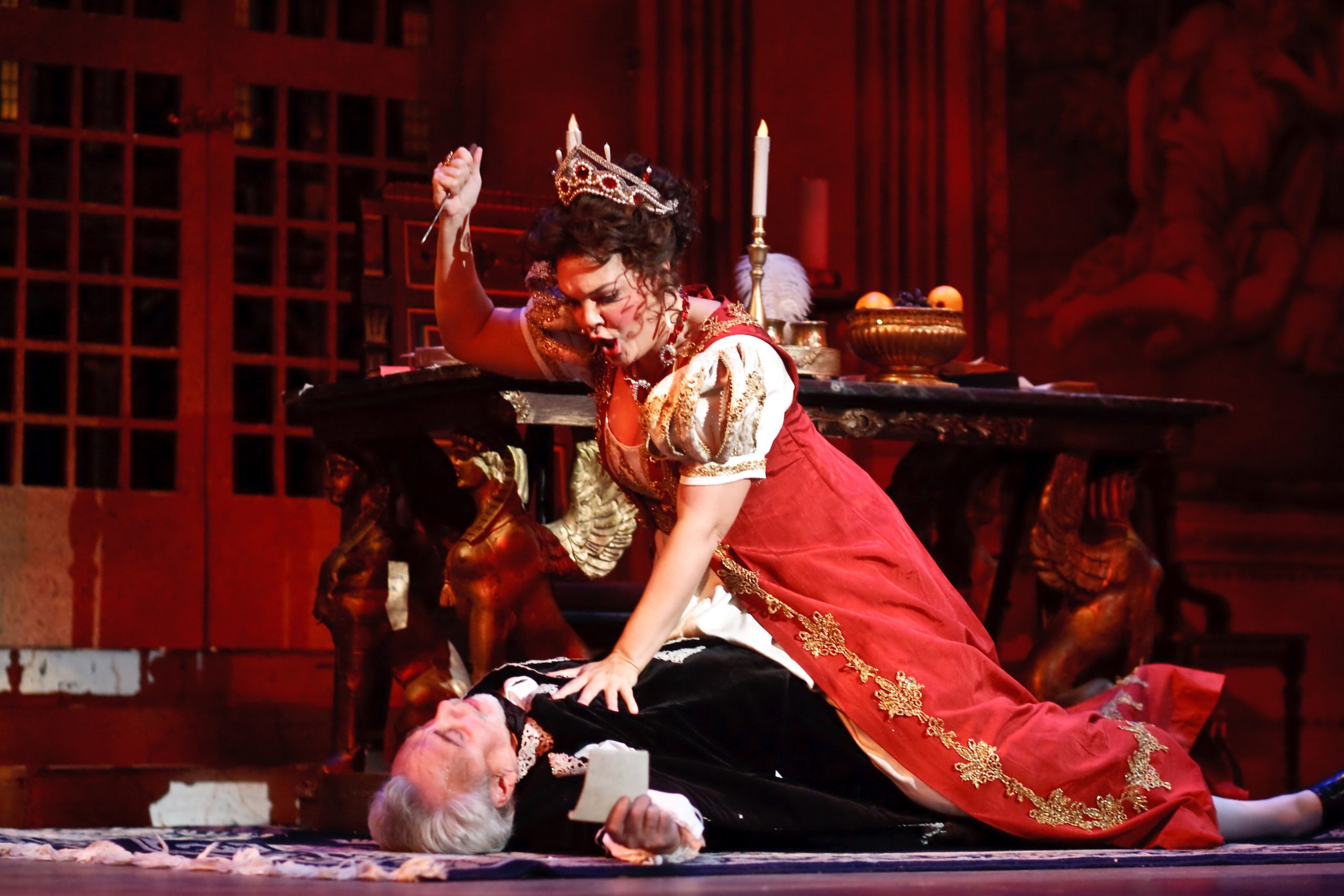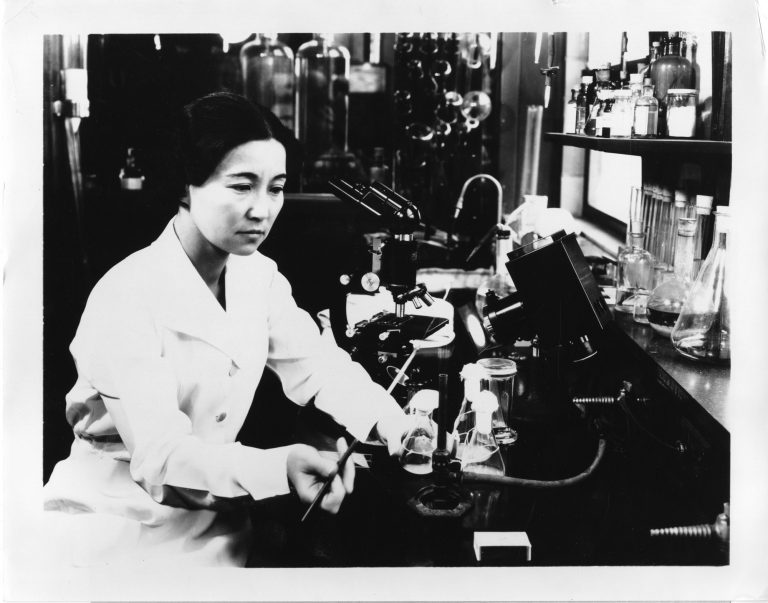Not only victims: the redemption of women in opera
by Giuseppina Manin
“V’han tra queste contadine, cameriere e cittadine, v’han contesse, baronesse, marchesane, principesse… [Among these are peasant girls, maidservants, city girls, countesses, baronesses, marchionesses, princesses…]”
Boundless and meticulous, Leporello’s list notes the endless conquests of his master Don Giovanni. A light-hearted catalog that Mozart and Da Ponte certainly enjoyed compiling as a sum of the female spirit’s categories. Beyond wealth and age, women enter the rankings by sort: seduced and abandoned, vengeful, virgin and cunning, faithful and fickle. All attractive for an obsessive-compulsive seducer whose supreme pleasure is not to love but to be “porre in lista [adding to the list]”. Yet Don Giovanni himself, apparently one of the most chauvinist characters in opera, is actually the first victim of his prey, two ladies and a maid who chase him from start to finish, persecute him, wear him down. Because women, Da Ponte and Mozart tell us, are always onto something, they are smarter and even more dangerous. So it was in the eighteenth century, the century of Enlightenment, libertine and egalitarian. The nineteenth century will bring those naughty ladies back in line.
Opera, the most popular of shows, will force them to bow down to the morality of the time, to play the most sadistic and penitential roles, as victims of arrogant and violent men, who use and abuse them as they please. And under the pretext of possession and jealousy, they often settle the matter by stabbing them, strangling them, driving them to suicide. Desdemona and Gilda, Nedda, Lola, Tosca, Liù, Butterfly, Luisa Miller, Azucena… The list of melodramatic femicides is long, almost prefiguring many more future ones. Those who try to break the mold almost always end up paying with blood.
The archetype of every rebel is the Romani Carmen. Stabbed for claiming her right to love and leave. The same reasons that to this day are used as excuses for murderous husbands and boyfriends. But not all of them yieldingly offer their neck. There are those who, before ending it, at least kill their oppressor. You see Tosca stabbing the nasty Scarpia like a thrush, you see Leonora who, reversing the roles, draws her gun to free her husband Florestan, you see Brunhilde challenging her suitors and even her father and god Wotan to a duel. But if there are those who go into battle with the sword, there are also those who go into it with their heads. The Mozartian spirit that makes them the true stars of every story – just think of the inter-class alliance between Susanna and her mistress in the Nozze di Figaro against the unfaithful Count, to the cruel love games of the two Ferrara ladies of Così fan tutte – is also found again in Rosina from Rossini’s Barbiere, a delightful alter ego of the puppeteer Figaro, as in Adina of Donizetti’s Elisir d’amore, a girl who “legge, studia e impara [reads, studies, learns]” and with her brain makes her dumb lover hers. But perhaps the apotheosis of these women masters of life is given to us by Verdi in his last opera, Falstaff. Here, outsmarting the mature and robust ladies’ man, are a trio of clever and witty ladies, joined by the young and very bright Nannetta. And Sir John, who, like Don Giovanni, recklessly declares his love to each woman, will find himself mocked, taunted, thrown into the Thames, by those very merry wives whose ingenuity proves to be far more subtle than any casual seducer. So much so that, in the end, the duped and humiliated Falstaff confesses: “Incomincio ad accorgermi/ d’esser stato un somaro [I do begin to perceive / that I am made an ass”. And the voice and the orchestra echo him with a loud bray.







